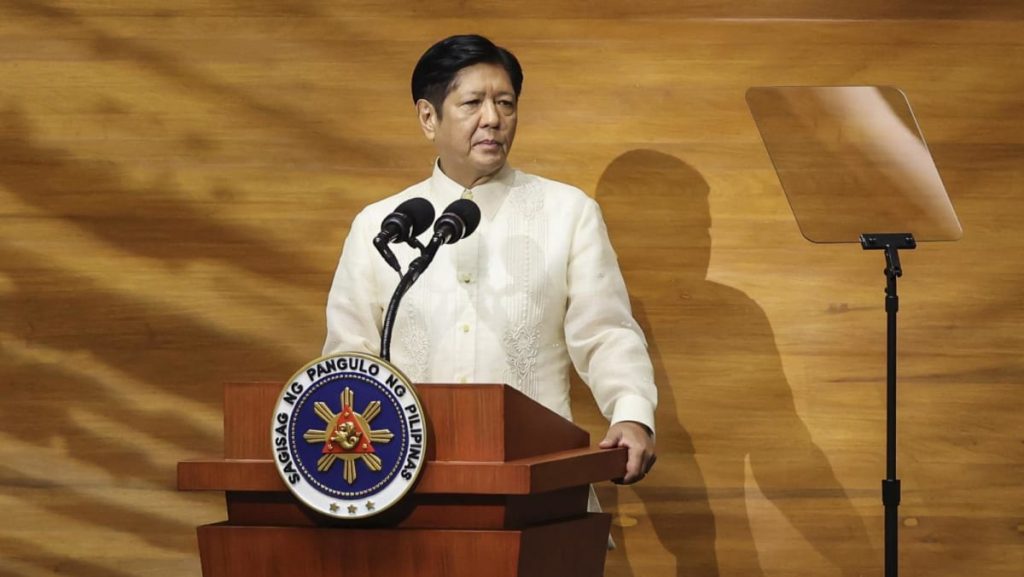The Chinese coast guard and other forces have been using aggressive tactics, including powerful water cannons and dangerous blocking maneuvers, against Philippine forces in the Second Thomas Shoal in the South China Sea since last year. The confrontations have raised concerns that they could lead to a larger conflict involving the United States, the longtime treaty ally of the Philippines. In one particularly violent incident on Jun 17, Chinese forces rammed and boarded two Philippine navy boats to prevent supplies from reaching a ship outpost in the shoal, resulting in several Filipino navy personnel being wounded.
Despite warnings from the United States that it is obligated to defend the Philippines under the 1951 Mutual Defense Treaty if Filipino forces come under attack in the South China Sea, the Philippines has stated that it will not invoke the treaty as a response to the Jun 17 violence. The Philippine government recently announced that it had reached a deal with China in an effort to end the confrontations at the Second Thomas Shoal. The agreement was the result of a series of meetings between Philippine and Chinese diplomats and involved the exchange of diplomatic notes to establish a mutually acceptable arrangement at the shoal without conceding territorial claims from either side.
The specific details of the agreement reached between the Philippines and China have not been publicly released. However, top Philippine security officials who reviewed the agreement have confirmed that it aims to resolve the confrontations at the Second Thomas Shoal. The deal comes amidst escalating tensions in the region, as China asserts its claims over a vast portion of the South China Sea, including territories that are also claimed by the Philippines and other neighboring countries. The presence of Chinese forces in the disputed waters has led to numerous incidents and confrontations with other nations in the region.
The South China Sea has been a contentious issue for years, with multiple countries claiming sovereignty over various islands, shoals, and maritime territories. China’s expansive claims in the region, as well as its construction of artificial islands and military installations, have raised concerns among other nations, including the United States. The U.S. has conducted freedom of navigation operations in the area to challenge China’s maritime claims and assert the rights of all nations to navigate the waters. The U.S. has also reaffirmed its commitment to defend its allies in the region, including the Philippines, in the event of an attack.
The ongoing tensions in the South China Sea have heightened fears of a potential conflict that could involve major powers, such as China and the United States. The recent confrontations at the Second Thomas Shoal underscore the risks of miscalculation and escalation in the region, as well as the challenges of managing competing territorial claims and disputes. The agreement reached between the Philippines and China represents a diplomatic effort to address the immediate tensions at the shoal and prevent further violence. However, the underlying issues of sovereignty and security in the South China Sea remain unresolved, and further incidents and confrontations could occur in the future.


